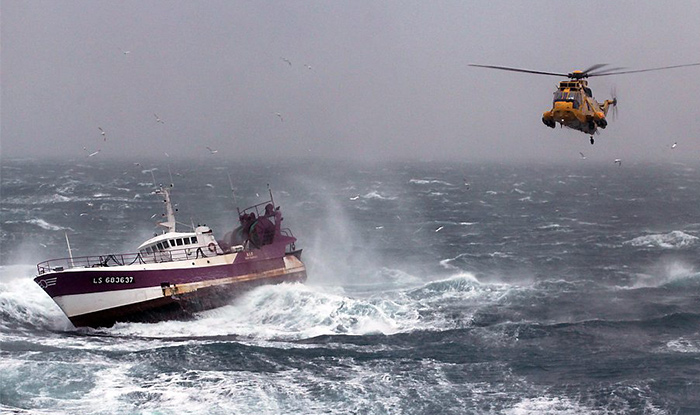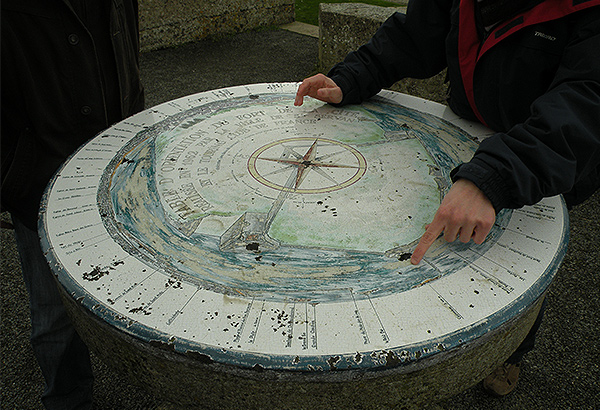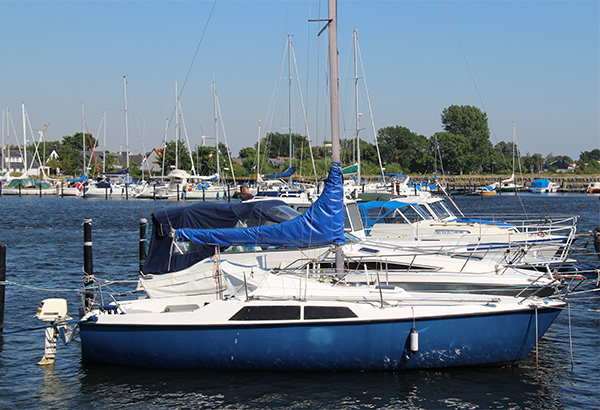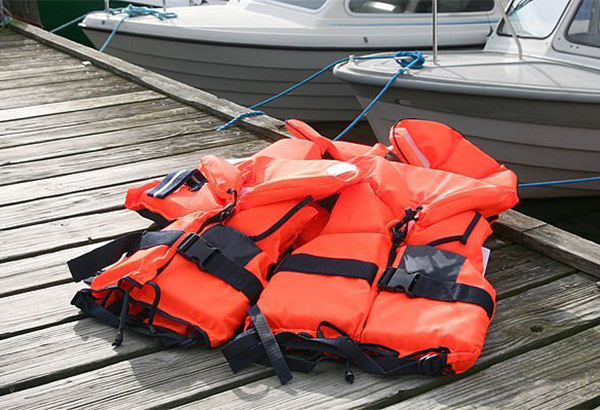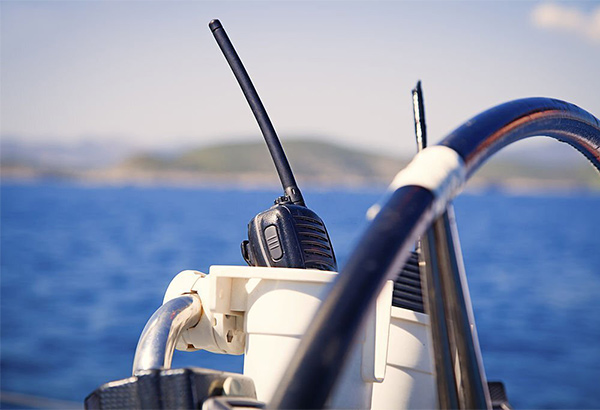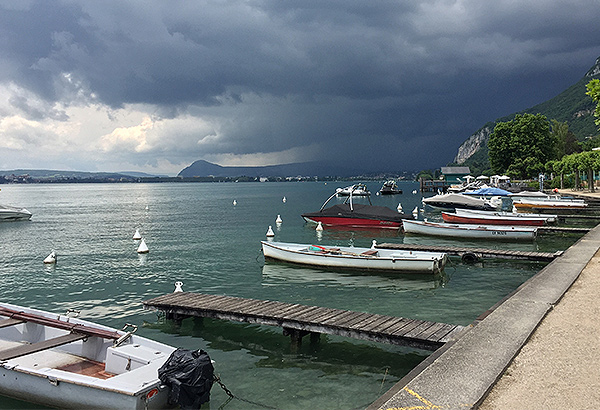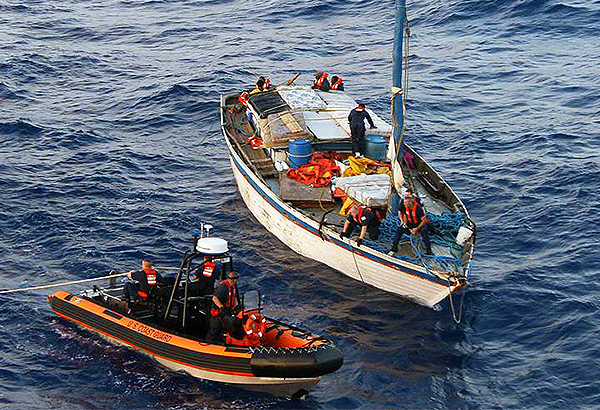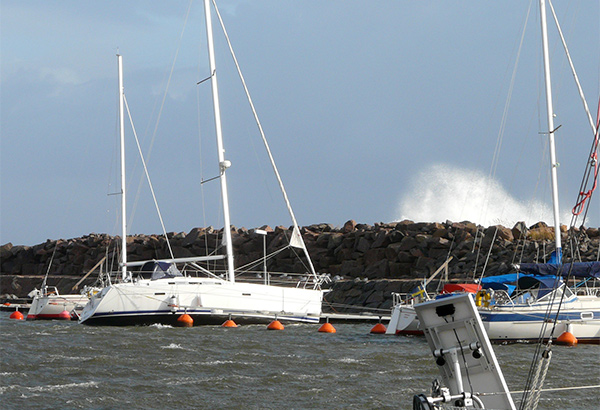Sailing the open waters can be an exhilarating experience, but it also comes with its fair share of risks. One of the most challenging situations a boater can face is being caught in a storm. Storms at sea can be powerful and unpredictable, posing significant threats to both the vessel and those on board.
But what to do if caught in storm on boat? This article will explore essential strategies and precautions to take if you are caught in a storm while on a boat. By understanding these guidelines, you can increase your chances of staying safe and minimizing potential damages.
Contents
Monitor Weather Conditions
The first and most crucial step in storm preparedness is consistently monitoring weather conditions. Before setting sail, consult reliable weather forecasts from trusted sources and pay attention to any warnings or advisories.
Keeping an eye out for changing weather patterns, such as darkening skies, dropping temperatures, or sudden shifts in wind direction. Being aware of potential storms in advance allows you to make informed decisions about your boating plans and potentially avoid hazardous situations altogether when caught in severe weather while boating.
Develop a Float Plan
Before embarking on any boating trip, creating a float plan and sharing it with trusted individuals aware of your itinerary is essential. This plan should include details such as departure and arrival times, the intended route, the number of passengers onboard, and communication methods available on the boat. If you are caught in a store, this float plan will aid rescuers in locating and assisting you, ensuring prompt response.
Prepare your Boat
If you are caught in severe weather while boating, properly equipping your boat for adverse weather conditions is crucial to increasing your chances of survival during a storm. Ensure your boat is in good working condition, including regular engine, hull, and electrical system maintenance checks.
Install reliable and up-to-date navigation and communication devices like GPS systems, marine radios, and emergency beacons. Stow away any loose items that could become hazardous projectiles in rough seas, and secure all hatches, windows, and doors.
Deploy Proper Safety Equipment
Having the proper safety equipment onboard is vital for dealing with emergencies at sea. Ensure you have an adequate number of life jackets for all passengers and that they are easily accessible.
Investing in an EPIRB (Emergency Position-Indicating Radio Beacon) is also advisable, which can transmit your position to rescue authorities if necessary. Fire extinguishers, distress flares, and a well-stocked first aid kit should also be readily available. Familiarize yourself with the usage of all safety equipment before setting sail.
Take Preventive Actions
When a storm is approaching, you can take several preventive actions to mitigate potential risks. Reduce your speed and navigate with caution, maintaining a steady course that allows you to navigate the waves more effectively.
Ensure everyone on board wears a life jacket that remains inside the cabin if possible. Keep a lookout for other vessels and potential hazards in the water. Avoid large waves by maneuvering at a 45-degree angle to the oncoming waves, a technique known as “taking the seas at a diagonal.”
Communication and Signaling
During a storm, communication becomes essential for seeking assistance and updating your situation. Use your marine radio to communicate with nearby vessels, the coast guard, or other relevant authorities.
Familiarize yourself with distress signals and their proper usage, such as firing distress flares or activating your EPIRB. Stay in contact with your designated emergency contact onshore, providing them with regular updates on your condition and location.
Maintain open communication channels and be prepared to relay important information, such as the number of passengers onboard, the severity of the situation, and any immediate medical concerns.
Seek Shelter and Ride Out the Storm
If you are caught in a storm with no immediate means of escape, it is crucial to seek shelter to ride out of the store safely. Identify the most protected areas on your boat, such as the cabin or a lower deck, and gather everyone there.
Encourage passengers to stay seated or lie down to minimize injury risk. Avoid going on deck unless necessary, as it can be extremely dangerous during high winds and heavy seas. Use handholds and secure yourself to prevent falls or being swept overboard.
Stay Calm and Maintain a Positive Mindset
Remaining calm and maintaining a positive mindset are essential during a storm at sea. Panicking or becoming overwhelmed can impair decision-making and hinder your ability to respond effectively. Reassure passengers and keep them informed about the situation while projecting confidence and calmness.
Encourage everyone to focus on their safety and follow instructions diligently. Having a positive mindset and instilling confidence in those around you can make a significant difference in managing a storm successfully.
Prepare for Emergency Scenarios
Despite all precautions, there may be situations where you need to abandon your boat as a last resort. If you find yourself in such a scenario, ensure everyone is wearing a life jacket and gather essential survival equipment in waterproof bags, such as food, water, and signaling devices.
Deploy life rafts if available and secure them to the boat. Follow proper evacuation procedures, which may include entering the water carefully and maintaining a close distance to the vessel. Stay together as a group to increase visibility and improve chances of rescue.
Post-Storm Evaluation and Recovery
Once the storm has passed, thoroughly evaluating your boat for any damages or issues is crucial. Check for leaks, structural damage, or any compromised systems. Address any immediate safety concerns before navigating or returning to the shore.
Call for professional assistance or seek a safe harbor to make necessary repairs if needed. Take the time to debrief with your crew and analyze the experience, noting any lessons learned and areas for improvement in your storm preparedness and response.
Conclusion
Being caught in a storm while on a boat can be a daunting and dangerous experience. However, by following the guidelines outlined in this article, you will know what to do if caught in storm on a boat and significantly increase your chances of staying safe and minimizing potential damages.
In the aftermath, evaluate and recover before venturing out again. By being prepared and proactive, you can confidently navigate stormy waters and protect yourself and your crew.

